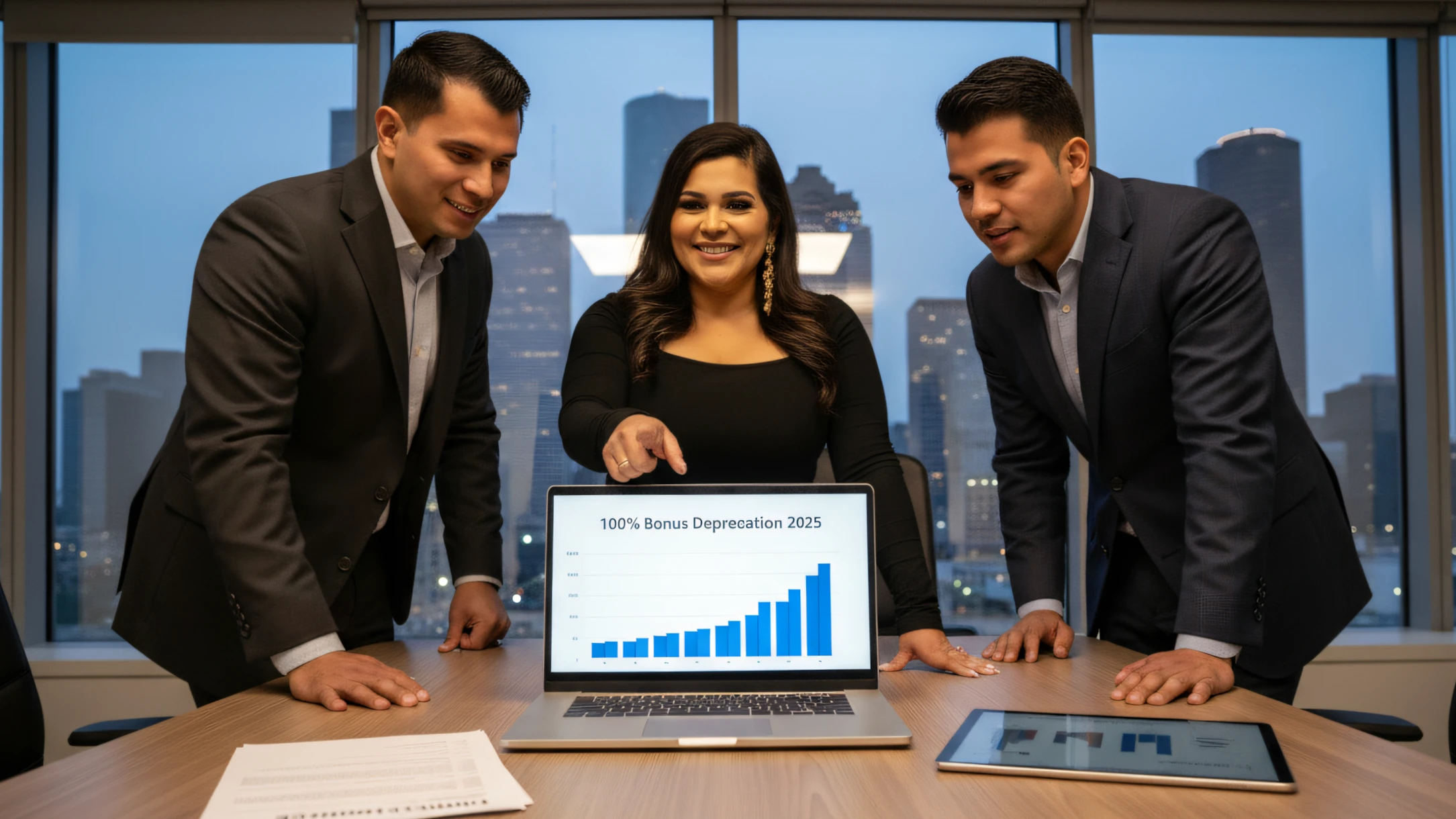

As the year winds down, many Houston business owners shift focus to holidays and closing projects — but overlooking cash flow right now can mean starting the new year on shaky ground.
Cash flow is the lifeblood of your business. It affects everything — from paying your team and suppliers to reinvesting in growth. The good news? A few smart financial moves in the final quarter can make a big difference to your stability and tax position when April comes around.
At SAS Tax & Business Solutions, we help local entrepreneurs prepare, plan, and protect their businesses financially. Here’s how you can do the same.
[presto_player id=1405]

Before making changes, you need a clear picture of where your money is going.
Pull your cash flow statement for the year and break it down by month. Look for trends:
Once you identify the patterns, you can act — whether it’s adjusting billing cycles, improving collections, or negotiating better vendor terms.
Pro Tip: Use cloud-based tools like QuickBooks Online or Wave to visualize inflows and outflows in real time.

Late payments are one of the biggest cash flow killers for small businesses.
In the final months of the year:
Getting payments in before year-end boosts your liquidity and gives you a clearer picture of your taxable income.
Not every expense needs to hit this year’s books. Depending on your situation, you may want to defer certain large purchases until next year — or accelerate them to increase deductions.
Here’s the rule of thumb:
Consult your accountant before making large end-of-year purchases — especially vehicles, equipment, or technology.
As costs rise across the Houston area — from fuel to insurance to labor — it may be time to adjust your rates.
Many business owners hesitate to raise prices, but doing so strategically can improve cash flow and sustainability.
Steps to consider:
Tip for Houston service providers: If you offer seasonal or project-based services, lock in early contracts for next year at updated pricing.
January and February are historically slow for many small businesses — especially after holiday spending spikes.
Aim to set aside at least one month of operating expenses as a cushion.
That way, if collections slow or expenses rise, you won’t have to rely on high-interest credit or personal funds.
Simple steps to get started:
Optimizing cash flow also means minimizing surprise tax bills.
Before December 31:
Many Houston business owners miss out on deductions simply because they don’t review finances until tax season — when it’s too late to adjust.
Think beyond December. Strong cash flow is about habits, not one-time fixes.
As you close the year, take time to:

Financial health isn’t about luck — it’s about preparation.
By tightening up cash flow management now, you’ll start 2026 ahead of the curve: fewer surprises, less stress, and more control over your business.
At SAS Tax & Business Solutions, we specialize in helping Houston entrepreneurs make smart financial decisions that protect their profits and prepare them for sustainable growth.
👉 Schedule a consultation today to review your year-end numbers and create a personalized plan for a stronger financial year ahead.